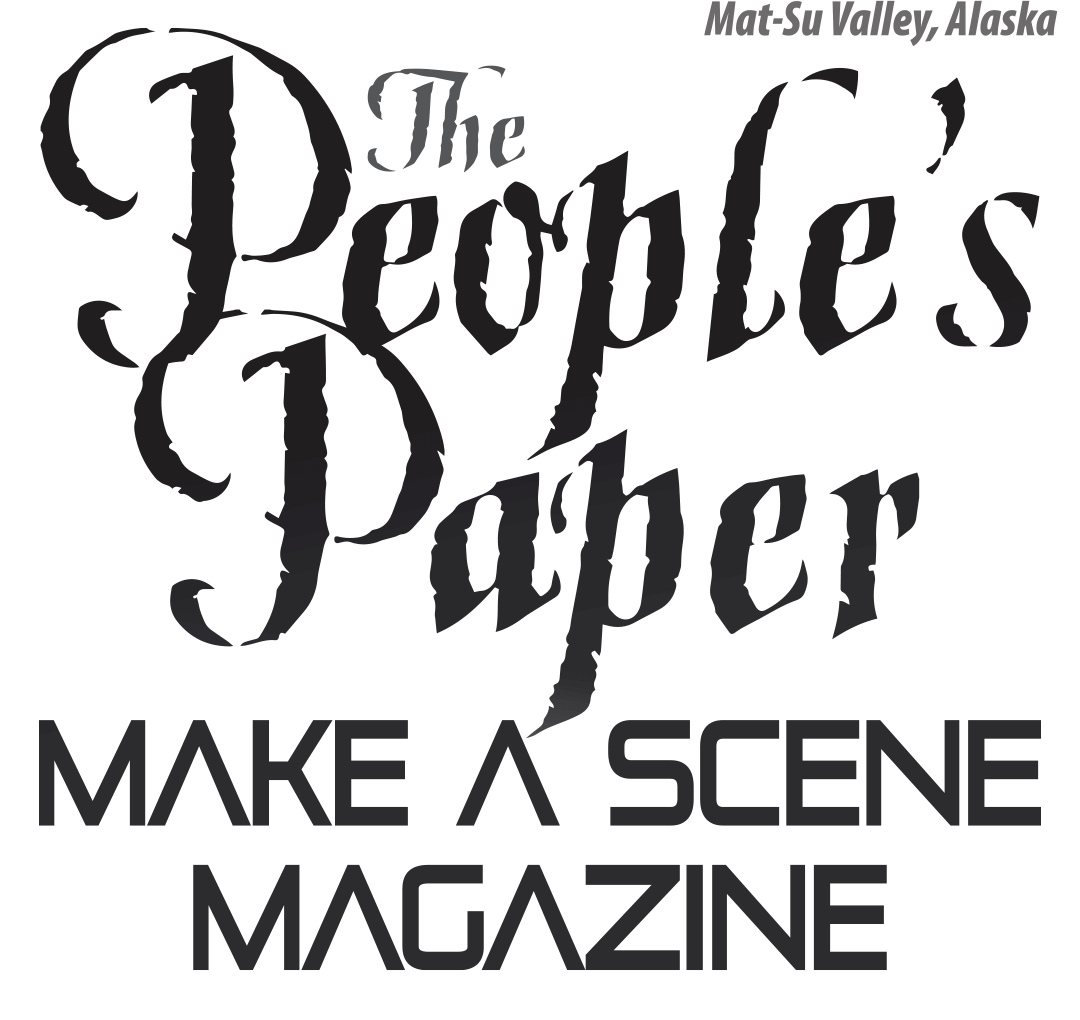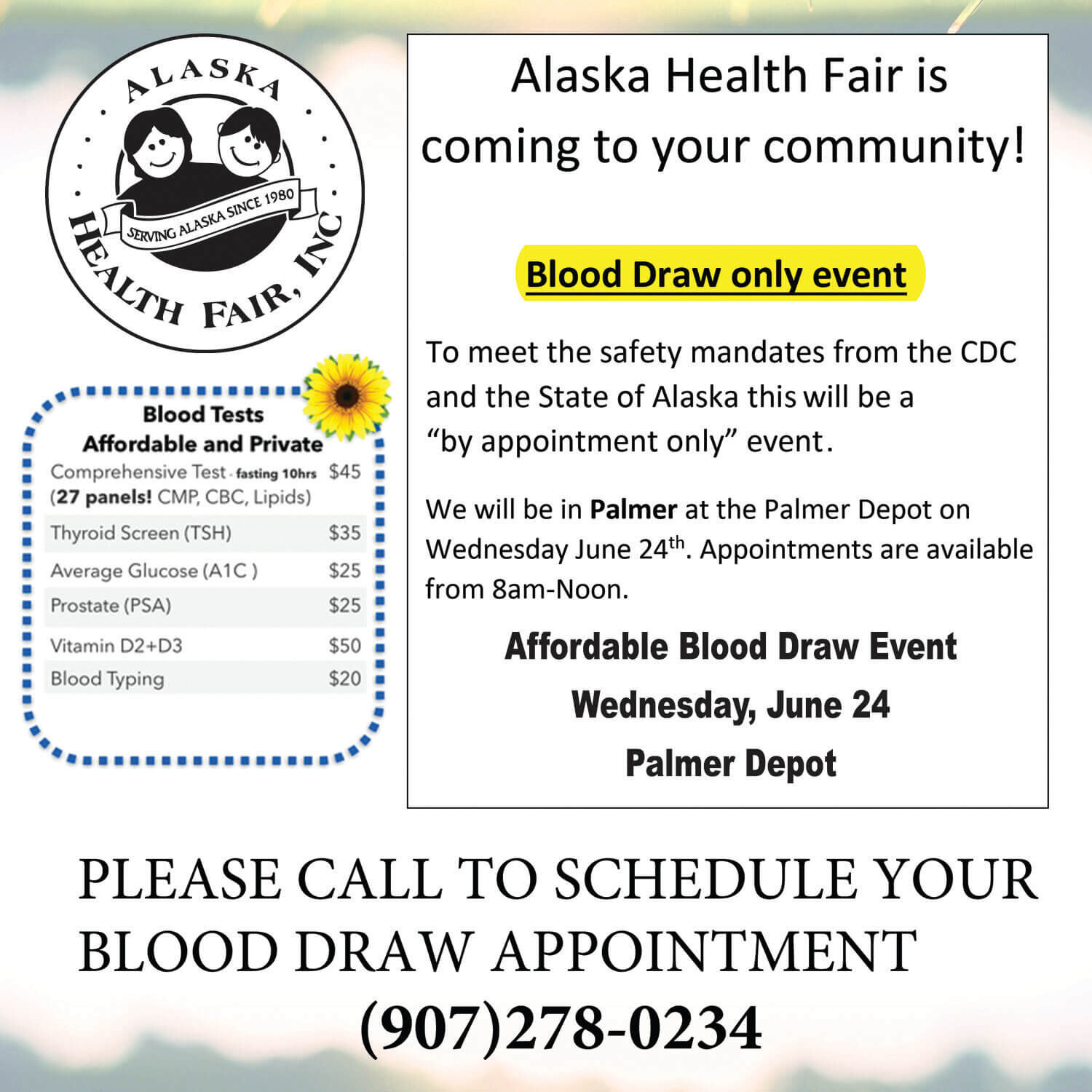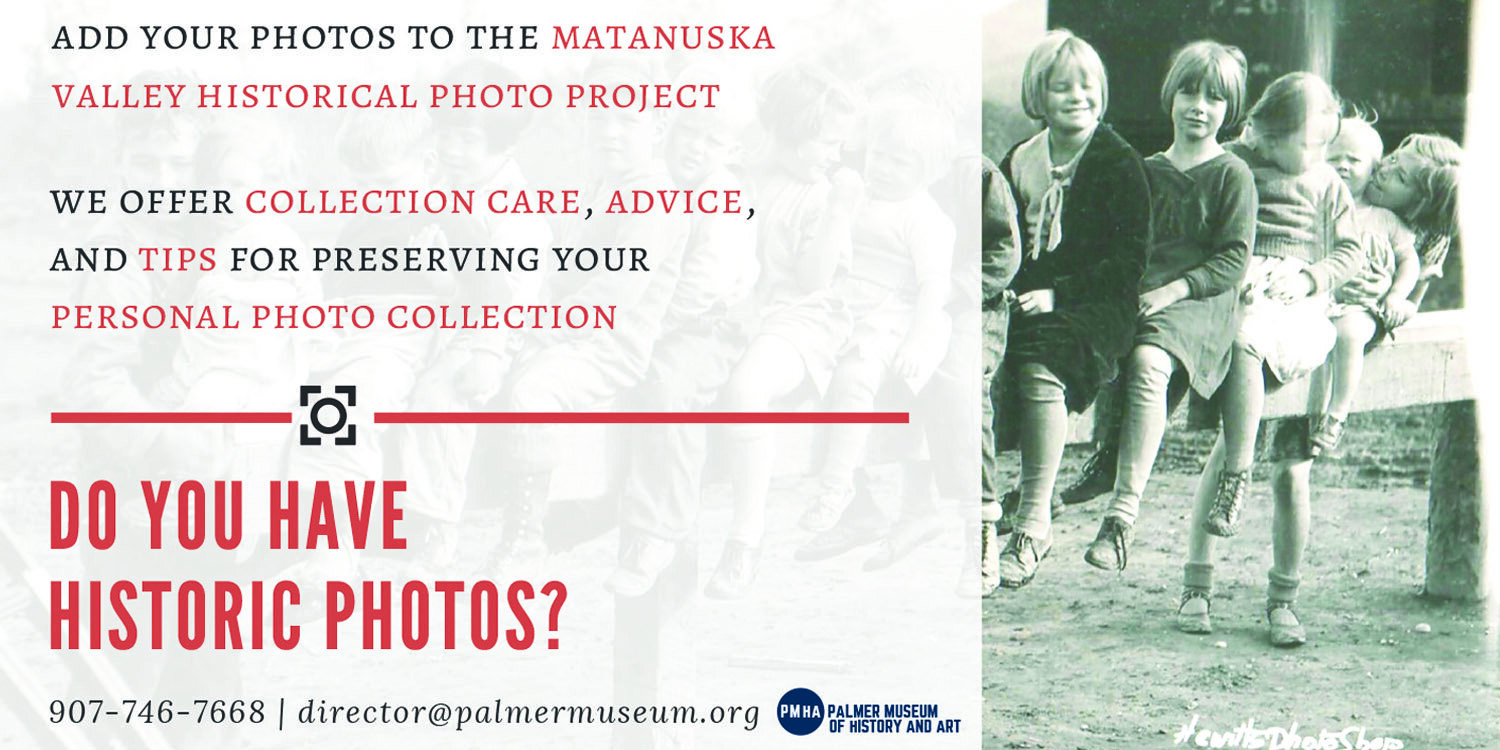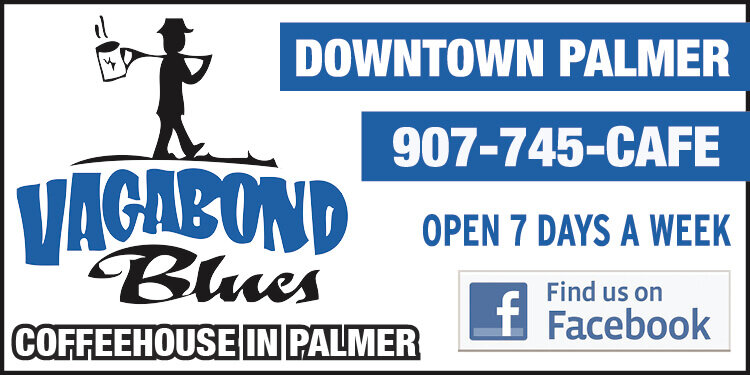Contributed by Richard Estelle
Traveling salesmen, college students and British army clerks once took delight in the handy little machine we find in our Museum collection this month. The compact, portable “Corona #3” typewriter served them all. As the dependable forerunner of Smith-Corona office typewriters that would become famous throughout this country in later years, this little “#3” had added features that made it especially attractive to folks on the move. At 9 3/4 lbs., its aluminum frame was lighter than most other machines and it could be folded up and carried in a small case.
Although perhaps not currently well known, the “Corona #3” was one of the most successful typewriters in history. Patented on February 8, 1910, over 600,000 of them were sold between 1914 and 1941. The British Army purchased many for use in the field during World War I.
Pica type is produced with the pretty standard arrangement of letter keys in three banks, but each key also combines numbers and other necessary marks. Each type bar head that strikes the ribbon has three characters on it—lower case at the top, upper case in the middle and a number or mark at the bottom. The “CAP” key on the keyboard raises the carriage mechanism slightly so the middle, upper case character strikes the page. The “FIG” key raises the carriage even higher so the bottom, figure character, makes contact.
Perhaps its most unique feature is that the whole carriage mechanism folds down over the keyboard, reducing its dimensions from 9-3/4” x 11-5/8” x 6-3/4” to 9” x 11-5/8” x 3-7/8”.
Our “Corona #3”, manufactured in 1918, was donated to the Museum by Slim Hayes, a longtime Valley resident. Although we don’t have the carrying case originally supplied with the machine, it is still a valuable and interesting part of our collection.

















































